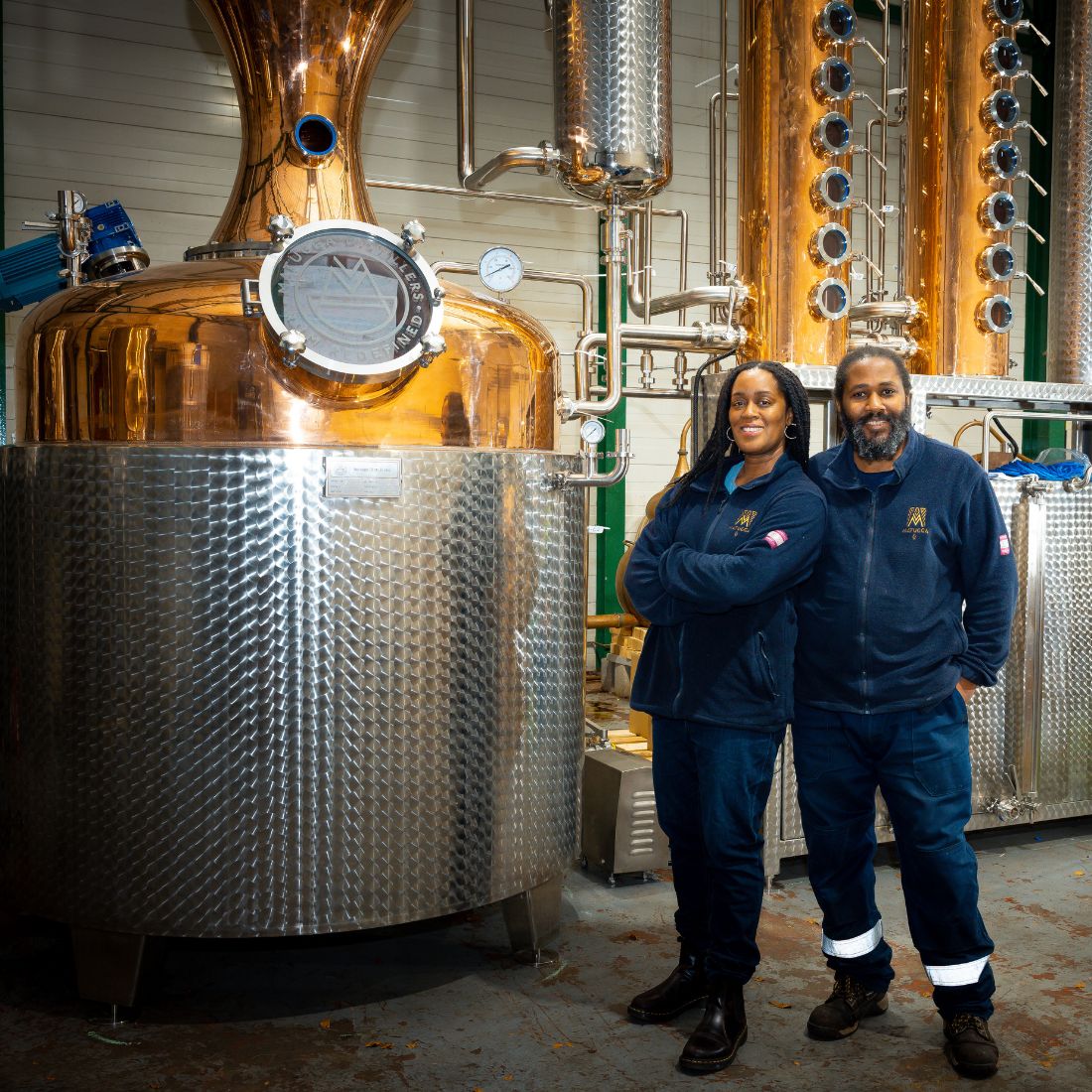Case Study
Peacock Salt

Partners
Heriot-Watt University
University of Strathclyde
University of the West of Scotland
Sectors
Food & Drink, Agritech and Aquaculture
Life and Chemical Sciences
Regions
Ayrshire
One of the UK’s leading salt traders, Peacock Salt, turned to Scotland’s academic sector to help in the technical challenge of designing a new, natural, green and economically viable method to make (sea) salt domestically.
Initially a shipping company, J C Peacock & Co Ltd is a small family business based in Ayr, which was established in 1874, evolving into a salt trading firm. Peacock salts are used for general de-icing and water softening properties as well as for industrial use in the food, agriculture, cosmetic and pharmaceutical industries.
Keen to investigate salt production in Scotland, the company met with Interface – the knowledge connection for business – to help source an academic partner that could provide the right mix of experience required for the project.
With help from Interface, Peacock Salt was able to connect with Dr Carl Schaschke from the University of Strathclyde’s Department of Chemical and Process Engineering. Dr Schaschke had experience with natural salt production methods, such as purification of brine from volcanic craters and solar evaporation.
The Business Challenge
Earlier methods of making salt in Scotland were uneconomical; therefore Peacock was keen to lead the way in developing a new, industry-leading method. Ultimately, they envisaged a new salt production plant being built – similar to innovative new plants in other parts of the world, such as Bad Salzuflen in Germany.
The main challenge in production terms was turning sea water (ca. 3% saline solution) into a concentrated solution of ca. 26%, which is when salt crystals start to drop out of solution. The quality of the crystals is affected by the latter stages of the evaporation procedure.
Peacock Salt offers the largest variety of salts available in the UK. With over 6,000 customers, the company’s range includes salts from around the world such as Rock, Sea and Manufactured salts.
Peacock Salt’s operations manager, Gregorie Marshall, was keen that the process used as natural a method as possible: “Ideally we wanted to develop a salt production process that used green energy, where little additional input of heat and electricity is required, while also developing a new plant which itself would become a tourist attraction.
“We needed expertise in the areas of chemistry, chemical technology, chemical or process engineering to carry out research which would investigate and design the most suitable method of producing salt in Scotland. We also wanted to identify and analyse suitable sites using geographical and meteorological data.”
Three universities came forward as potential partners for the project but ultimately, Peacock Salt chose to move forward with Strathclyde as Dr Schaschke had direct experience in salt production.
Initial discussions were leaning towards taking the project on as a Knowledge Transfer Partnership (KTP), however it was decided that an initial financial feasibility study was required before progressing the KTP.
The Solution
Peacock Salt was introduced to Carrie Shaw from the Strathclyde Links project, who was able to assist the firm source funding for the feasibility study, which was completed by Professor John Finch, of the University of Strathclyde Business School’s Department of Marketing.
Professor Finch, working with PhD student Emma Reid, provided Peacock Salt with a market/business viability report that provided in-depth analysis of the market for a sea salt produced at a facility in Scotland, including developing business scenarios in order to assess product positioning, price and current competitors in the market place.
A KTP to investigate a Scottish salt production facility took place in 2011.
Follow On activity
Following this successful project, Peacock Salt got back in touch with Interface to seek an academic partner to develop chemical brine which would allow them to extend their current offering of liquid de-icer.
This required the development of an additive that lowers the freezing point of the brine, and therefore the working temperature of the de-icer, without having any detrimental impact on the handling of the material. The additive would also enhance the salt or brine’s ability to adhere to the surface it has been applied to, offering a longer residual effect whilst not impairing the de-icing capabilities.
Interface successfully matched Peacock with Dr Mohammed Yaseen and Professor Andrew Hursthouse from the University of the West of Scotland to lead on this project. The team investigated the additives that can be applied to de-icers and examined performance improvements such as freeze-point suppression, reduced environmental impact and increased residual effect.
As a result, this would deliver an enhanced product offering for the business in the relatively innovation-free winter maintenance market. It will also have a positive impact on the business operating in the UK and potentially open up new market opportunities further field.
In addition, Peacock Salt is currently working on another collaboration project facilitated by Interface.
As a key supplier of de-icing salt and winter equipment to local authorities, businesses and private individuals, Peacock Salt were keen to tackle another industry challenge. During winter, de-icer salt is spread on the roads every day when the weather conditions dictate, mostly when the temperature is predicted to be below a certain level. When spreading for multiple days no account is taken as to how much de-icer salt is left on the road.
The company was keen to develop an innovative method to measure the amount of di-icer salt on the road as the vehicle moves along, so it can be determined whether any more de-icer salt is required. Additionally, they wanted to develop a method of reporting this information back to the vehicle driver/equipment to enable them to alter the spread rate of de-icer.
Interface successfully matched Peacock Salt with Professor David Flynn from Heriot-Watt University, School of Engineering & Physical Sciences, to draw on his experience in research and knowledge exchange and guide the project. The project is funded by the Scottish Funding Council Follow-On Voucher, administered by Interface.


